
As the new voltage regulator (and everything else) worked fine during February 7th flight in the vicinity of Ilopango, it was now time to fly to Nicaragua. I got up early at February 9th and was at the maintenance hangar before 7 AM. Tanks full, as usual. I taxied to the international ramp for customs inspection and passport control. Paid my bill. Airport fees are higher than in Mexico, but still reasonable and very little paper work. Flight plan contained the number of the Nicaragua permit in the remark section. Take off was uneventful and I passed a volcano.

I was not able to get an overfly permit from Honduras, but it wasn't necessary as my route did not overfly Honduras territory. El Salvador, Honduras and Nicaragua all have their share of the "Golfo de Fonseca", but ATC-wise El Salvador control handed me over to Nicaragua directly. The picture shows my first impression of Nicaragua, the cost of the "Reserva Natural Volcán Cosigüina"
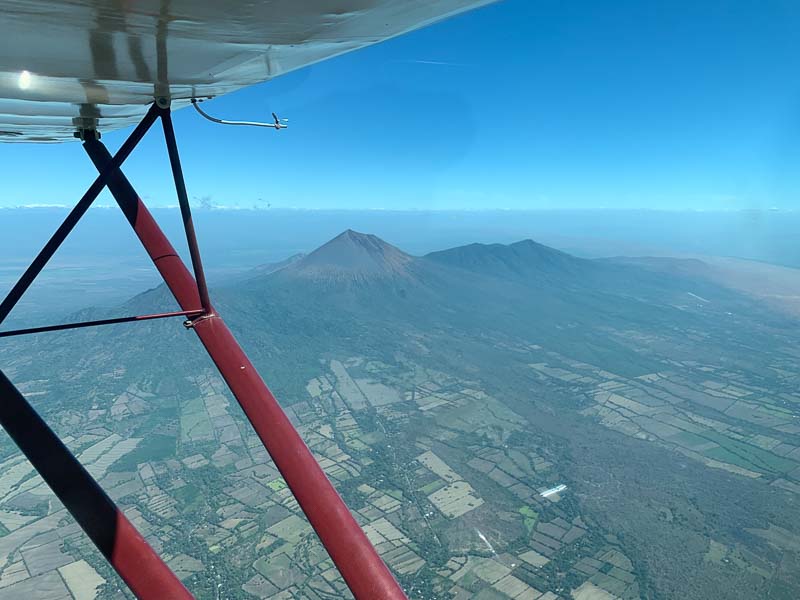
A chain of volcanoes followed. Nicaragua has many volcanoes.
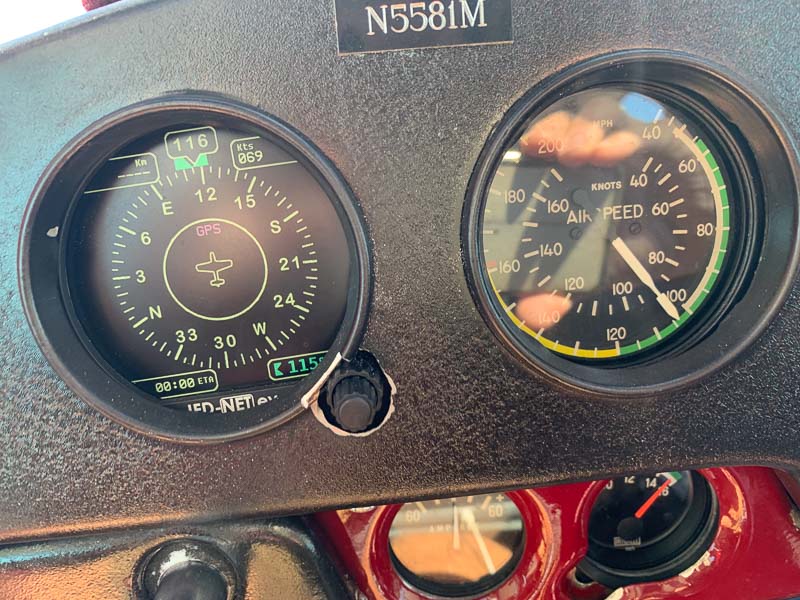
Strong head winds. I changed altitude in search of better winds, but unsuccessful. Picture shows 69 knots ground speed at 90 knots calibrated airspeed. To reach 90, I flew with 2400 RPM instead of the usual 2300 RPM. Still, the flight time, which I calculated with 3 hours, extended to 3 hours and 20 minutes. With 2400 RPM and the frequent level changes, endurance is not much more than 4 hours.
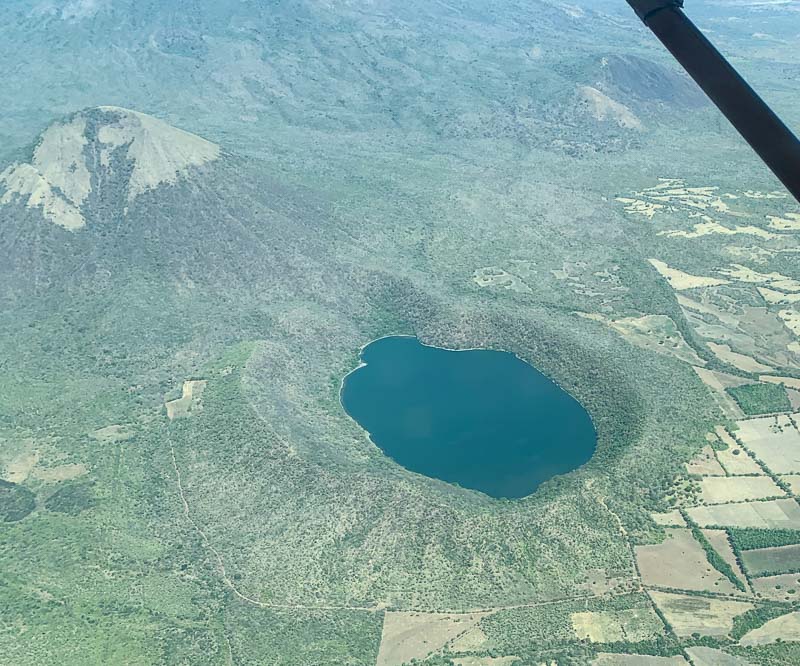
Another volcano
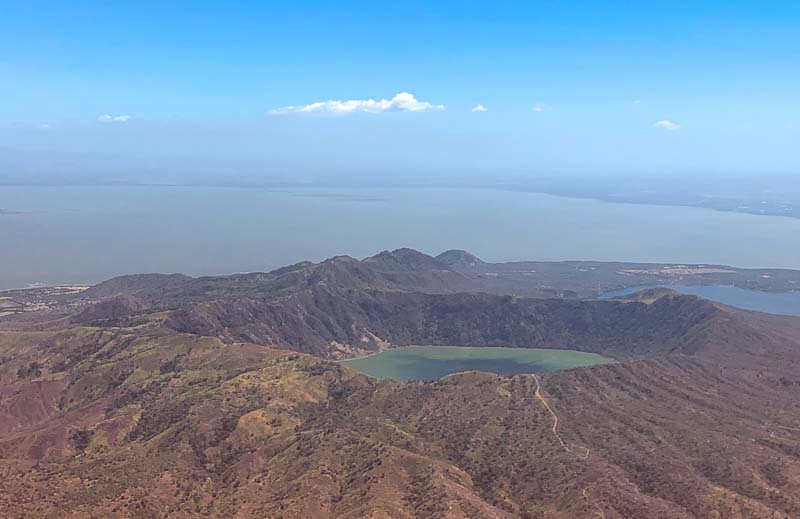
One more ...

... and another one.

Nicaragua's capital Managua itself includes several volcanoe lakes.

Approaching Managua, tower reported winds with 22 knots, gusting 30. But nearly blowing along the runway, not cross. Nevertheless, landing was challenging. Never landed this small aircraft in winds that strong. I was surprised how difficult it is, to leave the runway in such a strong headwind. Rudder pedals alone have nearly no effect. Differential braking helps. Experts say, sometimes you have to go "the long way" which means, if you want to turn 90 degrees to the left and are blocked by the wind, try 270 degrees to the right. Nicaragua is not a good place for small aircraft. They didn't have anchors in the ground for my ropes and I couldn't park on the grass to place anchor nails myself. But the wind was steady, not gusty, so the plane wasn't flipped over. In fact, the wind blew steady from 090 degrees all day long and the next days too. There was a NOTAM warning the General Aviation community that the wind would continue to blow that way for several weeks. There was no drug search as in El Salvador, but the officer at "migraciones vuelos privados" asked many questions. I have to tell my story all over again. If I do such a trip again, I prepare a few paper copies explaining to all who want to know what this trip is all about. Wearing a T-Shirt and a hat with something like "Cessna 140 America Tour" would certainly help too. The "Windy" app shows, how windy it is in Nicaragua.
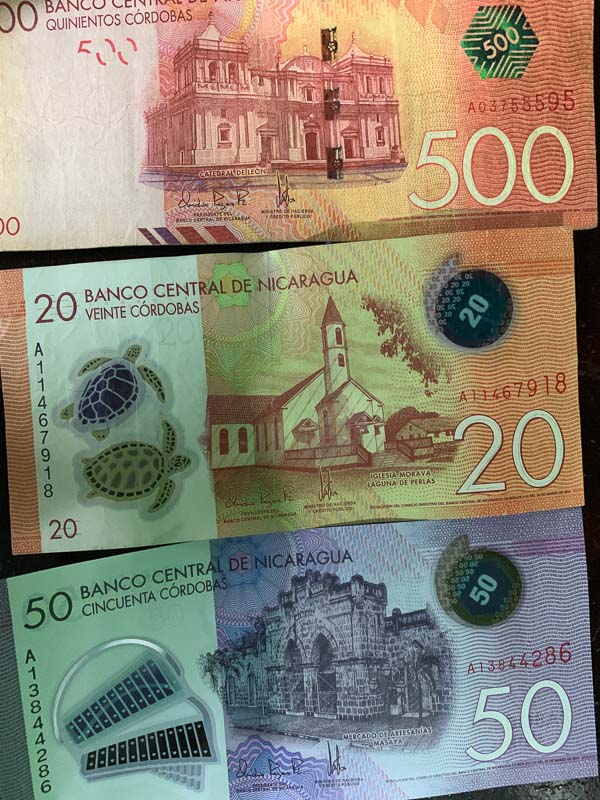
While El Salvador used US dollars as currency, Nicaragua has their own currency. I purchased some bills, but actually you don't need them. US dollars are accepted everywhere.

I didn't leave the airport, but waited for my friend Guido. He wanted to join me for a part of my trip and flew with Lufthansa from Frankfurt to Panama City and then with Copa to Managua.
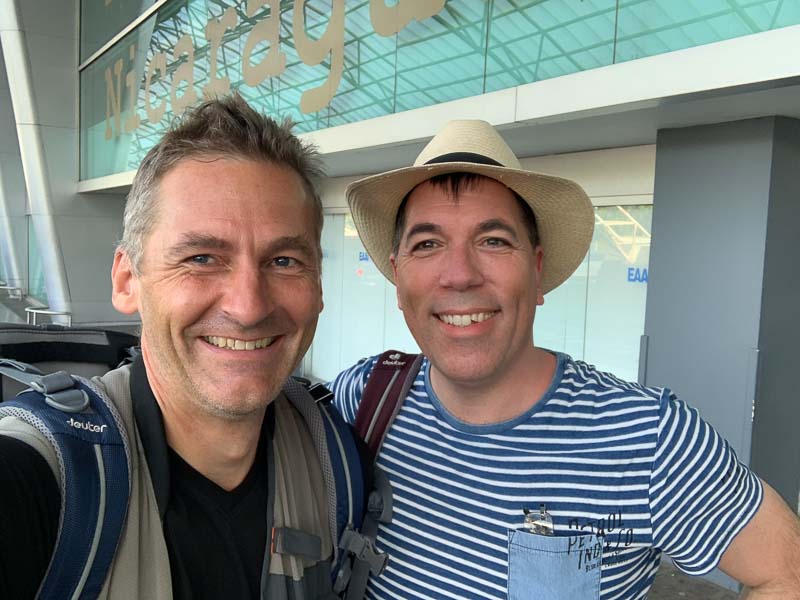
Guido and I met at Managua airport
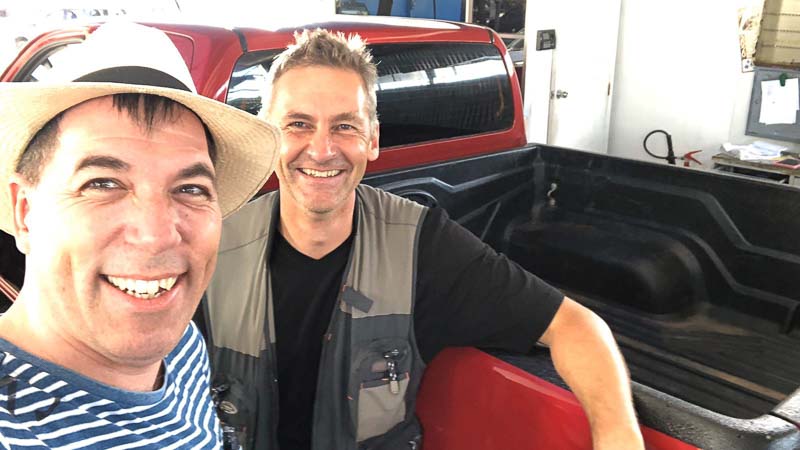
We rented a 4-wheel drive car, because we thought, we may need it. We knew that we wouldn't need a pick-up, but selection was limited.
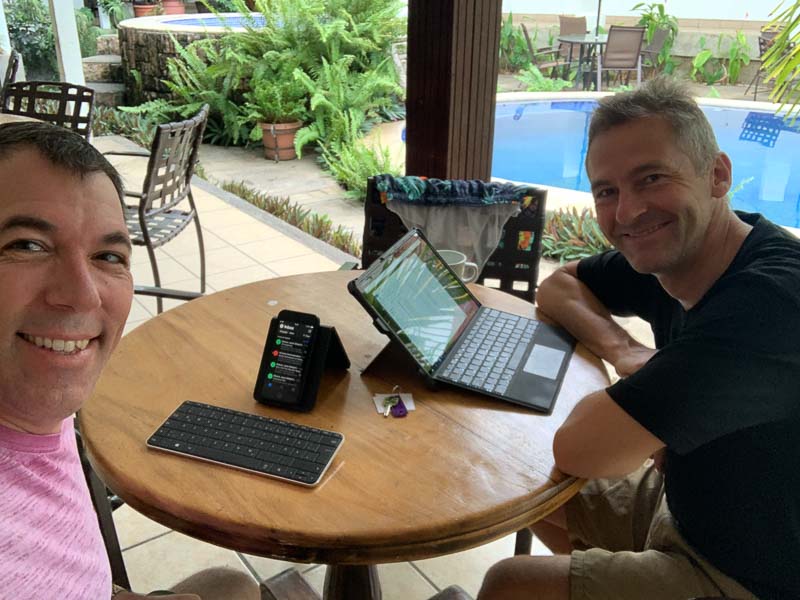
After we arrived in a hotel in Managua, we planned the next day. We decided not to fly, but to drive to Granada and to one of the volcanoes. Enjoyed the pool and the cheap drinks. (2 USD, not 8 as in Liberia, Costa Rica)
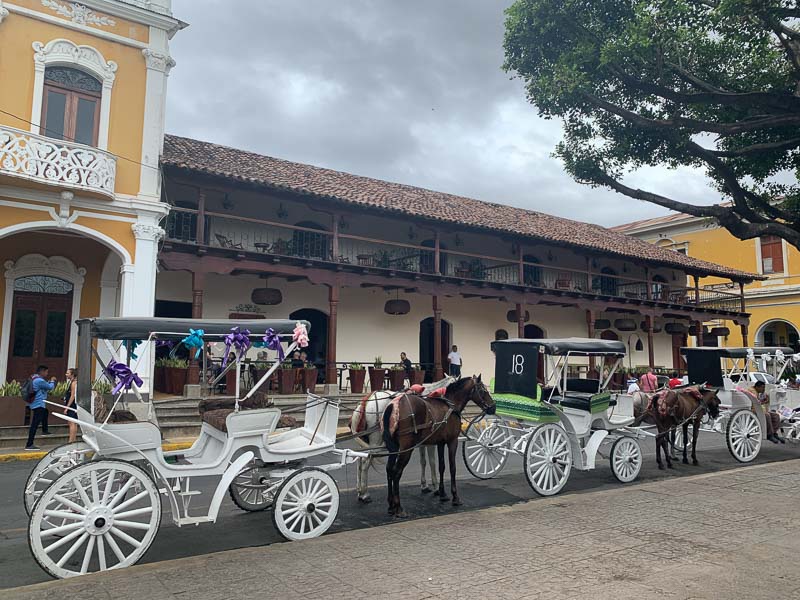
In Granada, about 1 hour drive from Managua. Granada is one of the oldest settlements in America.

Still in Granada, close to Lake Nicaragua.

Half an hour south of Granada, is volcano Mombacho. Only cars with 4-wheel drive are allowed to drive the steep and narrow road to the top. How lucky! We have one.
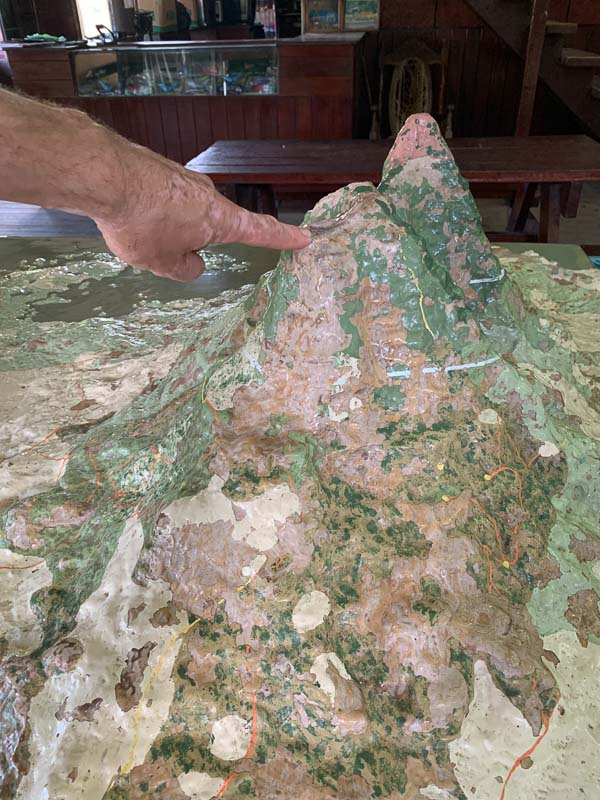
The finger points to how far up we drove. There, we got a guide who showed us around
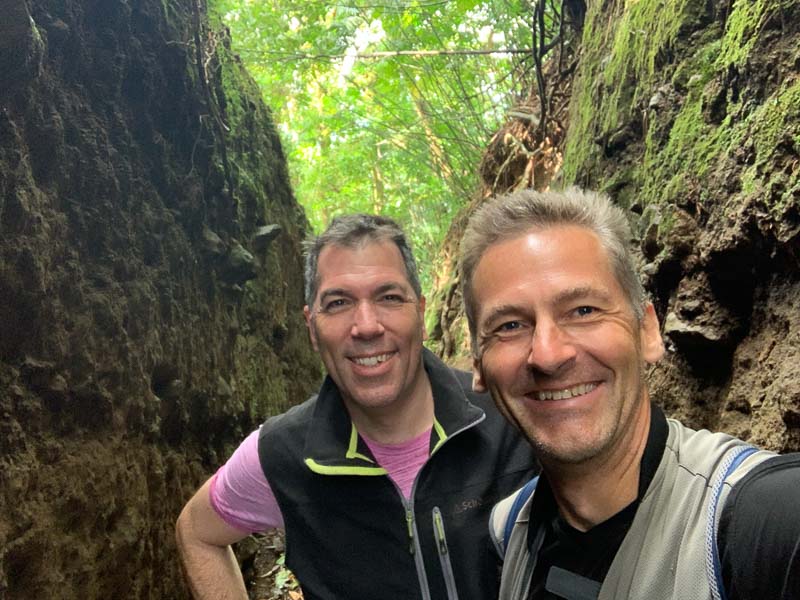
The top of volcano Mombacho is 70% of the time in clouds. Therefore, the forest on top of the volcano is called a "cloud forest"

Mombacho emits some gases, but no lava. The caldera contains no lake, only vegetation. We drove back to Managua, stayed a second night in our hotel and planned our flight to Costa Rica for the next day, February 11th.